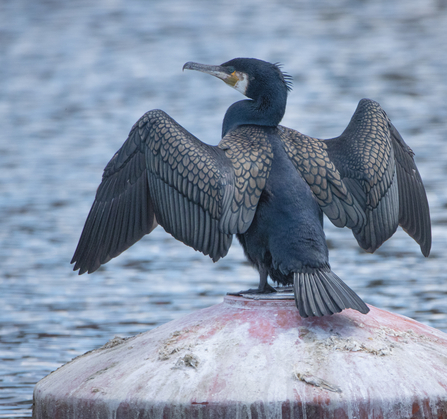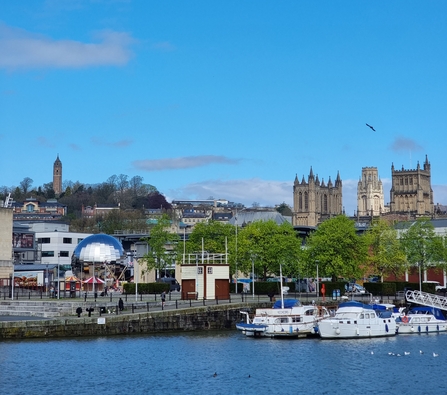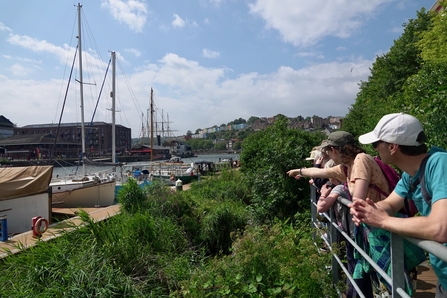Birds
Perhaps the first image of harbourside wildlife we conjure is that of the gulls, which may seem abundant. Herring gulls are, however, faring quite badly nationally. Coastal populations are in severe decline and this species is now Red Listed, meaning they are at risk of going extinct in this country. Happily though, here in Bristol, they are faring much better, and researchers believe this is due to the number of flat rooves and lack of predators.
On our walks, we were treated to views of a cormorant several times. This beautiful black bird with pale green eyes is often seen stood drying its wings. This is because it isn’t actually waterproof, in the way that most other waterbirds are. This allows it to sit lower in the water and dive for its prey, making it an extremely talented fisher.




